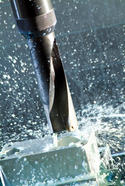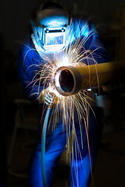Once the bastion of a thriving rural middle class, Oregon’s rural communities are now barely scraping by. The state’s timber industry employed 81,400 residents at its peak in 1978. At the time, the industry made up 49% of all manufacturing jobs in the state according to the Oregon Employment Department.
Since then, the recessions of the early eighties and nineties, increased land-use restriction, decreased timber supply, global competition and automation of the timber industry have devastated rural communities that relied on once-plentiful timber jobs. read more »






















